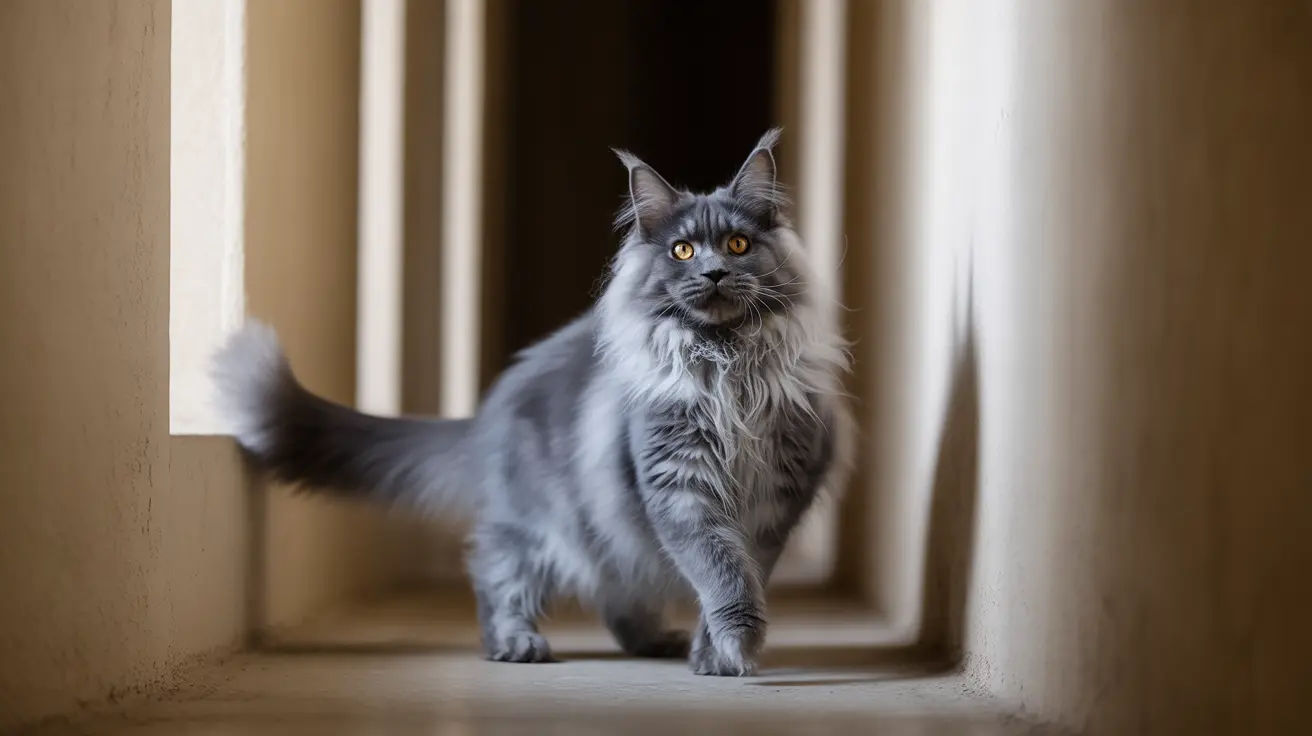If you've noticed your cat seems unusually tired or has pale gums, they might be suffering from anemia. Anemia in cats is a serious condition where the blood doesn't carry enough oxygen throughout the body, either due to a decrease in red blood cells or insufficient hemoglobin. While not a disease itself, anemia signals that something isn't right with your feline friend's health.
This comprehensive guide will help you understand everything you need to know about anemia in cats, from recognizing early warning signs to understanding treatment options and prevention strategies.
What is Anemia in Cats?
Anemia occurs when your cat's body doesn't have enough healthy red blood cells to transport oxygen effectively. This condition can develop gradually or suddenly, and its severity can range from mild to life-threatening. There are two main types: regenerative anemia, where the body attempts to replace lost blood cells, and nonregenerative anemia, where the body fails to produce enough new blood cells.
Common Causes of Feline Anemia
Several factors can lead to anemia in cats:
Blood Loss
- External injuries or trauma
- Internal bleeding
- Parasitic infections (fleas, ticks, hookworms)
- Surgical complications
Red Blood Cell Destruction
- Immune system disorders
- Infectious diseases
- Exposure to toxins
- Certain medications
Decreased Blood Cell Production
- Kidney disease
- Bone marrow disorders
- Chronic illnesses
- Nutritional deficiencies
Recognizing the Signs
Early detection is crucial for successful treatment. Watch for these symptoms:
- Pale or white gums
- Lethargy and weakness
- Loss of appetite
- Rapid breathing
- Increased heart rate
- Collapse or exercise intolerance
Diagnosis and Treatment
Veterinarians diagnose anemia through various tests, including complete blood counts, biochemical profiles, and sometimes bone marrow biopsies. Treatment depends on the underlying cause but may include:
- Blood transfusions for severe cases
- Medication for underlying conditions
- Iron supplements if deficient
- Parasite treatment
- Dietary changes
Prevention and Management
While not all causes of anemia are preventable, you can take steps to reduce your cat's risk:
- Regular veterinary check-ups
- Proper parasite prevention
- Avoiding toxic substances
- Maintaining a healthy diet
- Prompt treatment of injuries or illness
Frequently Asked Questions
What are the common signs and symptoms of anemia in cats that I should watch for?
The most common signs include pale gums, lethargy, weakness, loss of appetite, and rapid breathing. In severe cases, cats may show exercise intolerance or collapse.
What causes anemia in cats, and how do parasites and toxins contribute to it?
Anemia can be caused by blood loss, red blood cell destruction, or decreased blood cell production. Parasites like fleas and ticks can cause blood loss, while toxins such as certain medications or plants can destroy red blood cells.
How is anemia in cats diagnosed, and what tests does a vet typically perform?
Veterinarians typically perform blood tests, including complete blood counts and packed cell volume measurements. Additional tests may include bone marrow biopsies, biochemical profiles, and specific tests for underlying conditions.
What treatment options are available for cats diagnosed with anemia, and when might a blood transfusion be needed?
Treatment depends on the underlying cause but may include medications, supplements, or treating parasites. Blood transfusions are necessary in severe cases where the cat's red blood cell count is dangerously low.
How can I help prevent anemia in my cat, especially if it goes outdoors or is older?
Prevent anemia by maintaining regular veterinary check-ups, using appropriate parasite prevention, avoiding toxic substances, and promptly addressing any health issues. Older cats should have more frequent health monitoring.
Understanding anemia in cats is crucial for every cat owner. By staying vigilant for symptoms and maintaining regular veterinary care, you can help ensure your feline companion stays healthy and receives prompt treatment if anemia develops.






